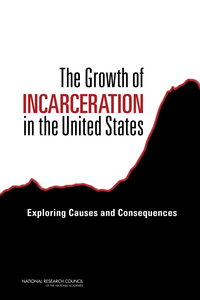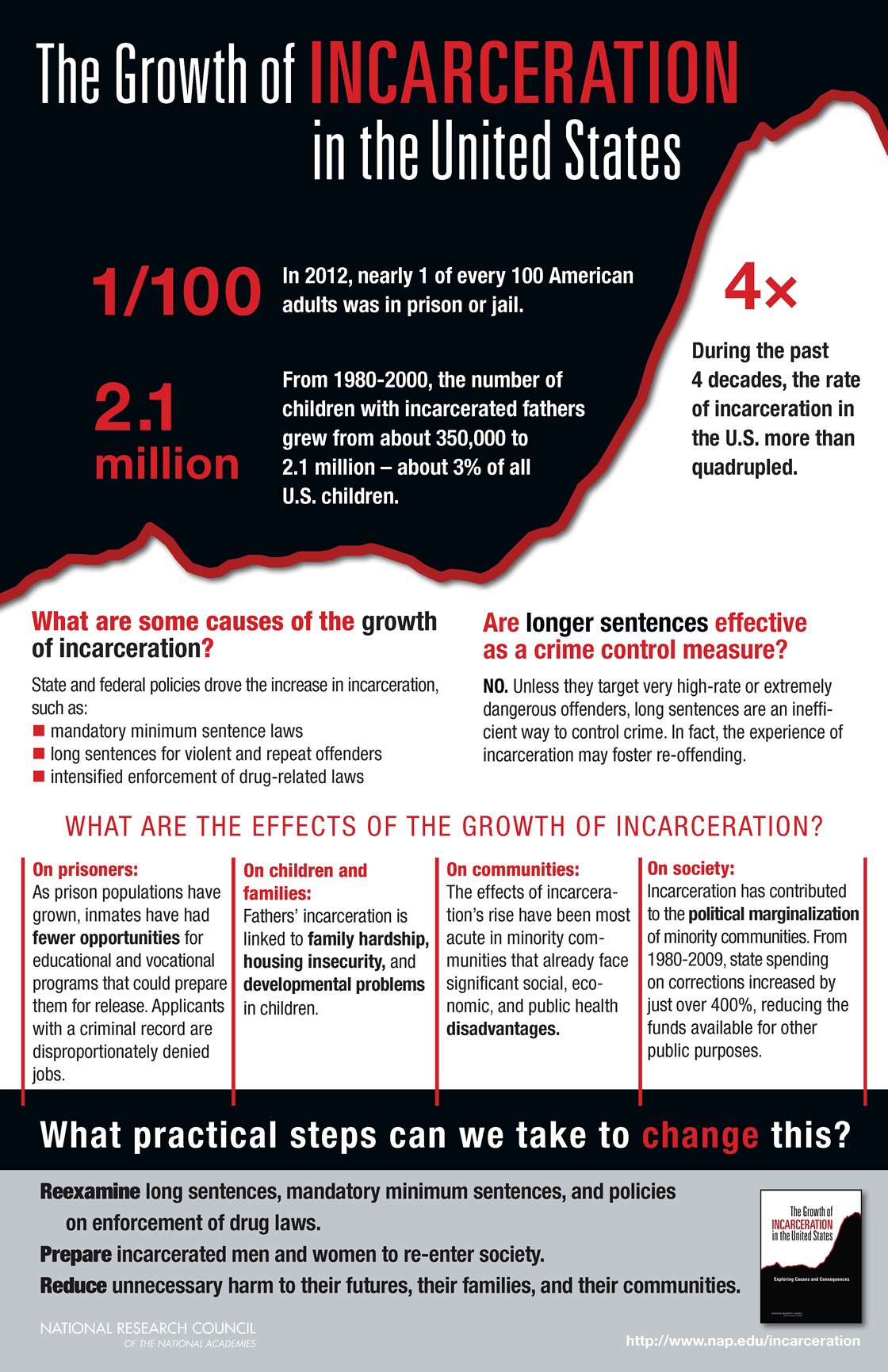
“Policing is primarily shaped by two public expectations. First, the police are called on to deal with crime and disorder, preventing them when possible, and to bring to account those who disobey the law. Second, the public expects their police to be impartial, producing justice through the fair, effective, and restrained use of their authority. The standards by which the public judges police success in meeting these expectations have become more exacting and challenging, and police agencies today must find ways to respond in an effective, affordable, and legitimate way” – Fairness and Effectiveness in Policing: The Evidence, 2004
Communities across our nation are reevaluating policing goals, methods, and procedures. Evidence-based science can provide guidance as our nation seeks to address challenges and opportunities facing law enforcement and our justice system. Fair and effective policing must ensure that evidence is not contaminated or collected in a biased manner. Similarly, it is critical that evidence submitted in a courtroom is evaluated on the basis of scientific merit. The following publications recommend best practices for policing and evidence analysis and evaluation. All are free to read online or download.

Proactive Policing: Effects on Crime and Communities
Proactive policing, as a strategic approach used by police agencies to prevent crime, is a relatively new phenomenon in the United States. It developed from a crisis in confidence in policing that began to emerge in the 1960s because of social unrest, rising crime rates, and growing skepticism …[more]

Fairness and Effectiveness in Policing: The Evidence
Because police are the most visible face of government power for most citizens, they are expected to deal effectively with crime and disorder and to be impartial. Producing justice through the fair, and restrained use of their authority. The standards by which the public judges police success have …[more]

Identifying the Culprit: Assessing Eyewitness Identification
Identifying the Culprit: Assessing Eyewitness Identification makes the case that better data collection and research on eyewitness identification, new law enforcement training protocols, standardized procedures for administering line-ups, and improvements in the handling of eyewitness …[more]

Reference Manual on Scientific Evidence: Third Edition
The Reference Manual on Scientific Evidence, Third Edition, assists judges in managing cases involving complex scientific and technical evidence by describing the basic tenets of key scientific fields from which legal evidence is typically derived and by providing examples of cases in …[more]

Strengthening Forensic Science in the United States: A Path Forward
Scores of talented and dedicated people serve the forensic science community, performing vitally important work. However, they are often constrained by lack of adequate resources, sound policies, and national support. It is clear that change and advancements, both systematic and scientific, are …[more]

